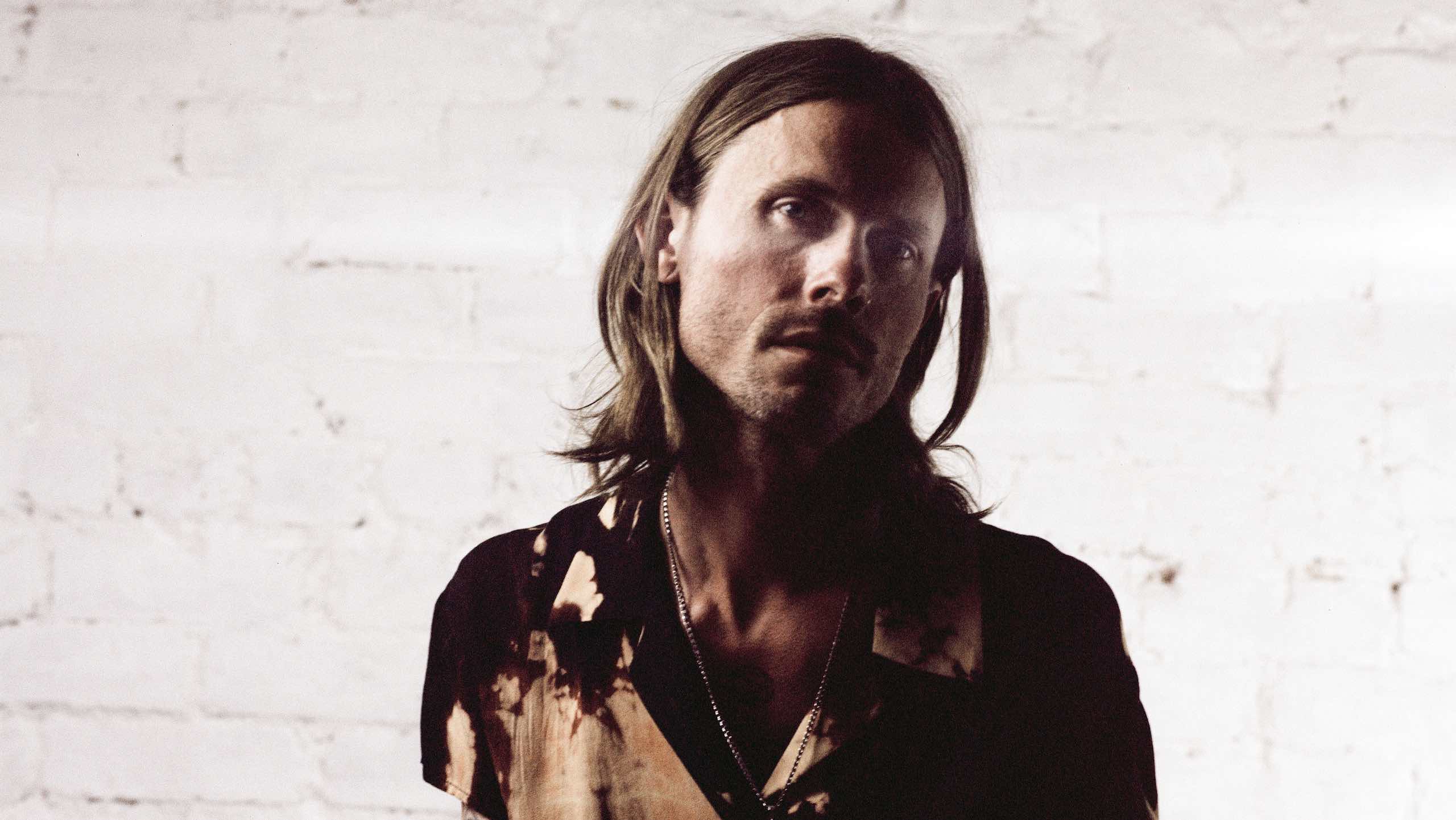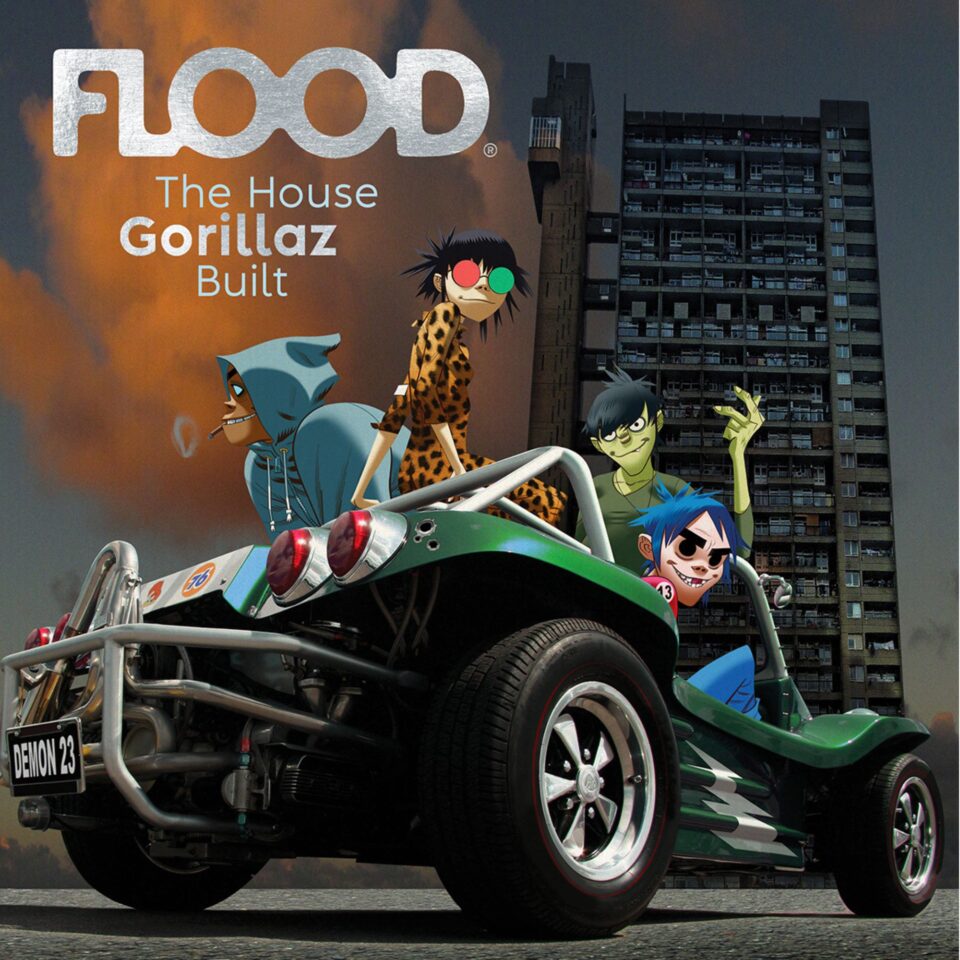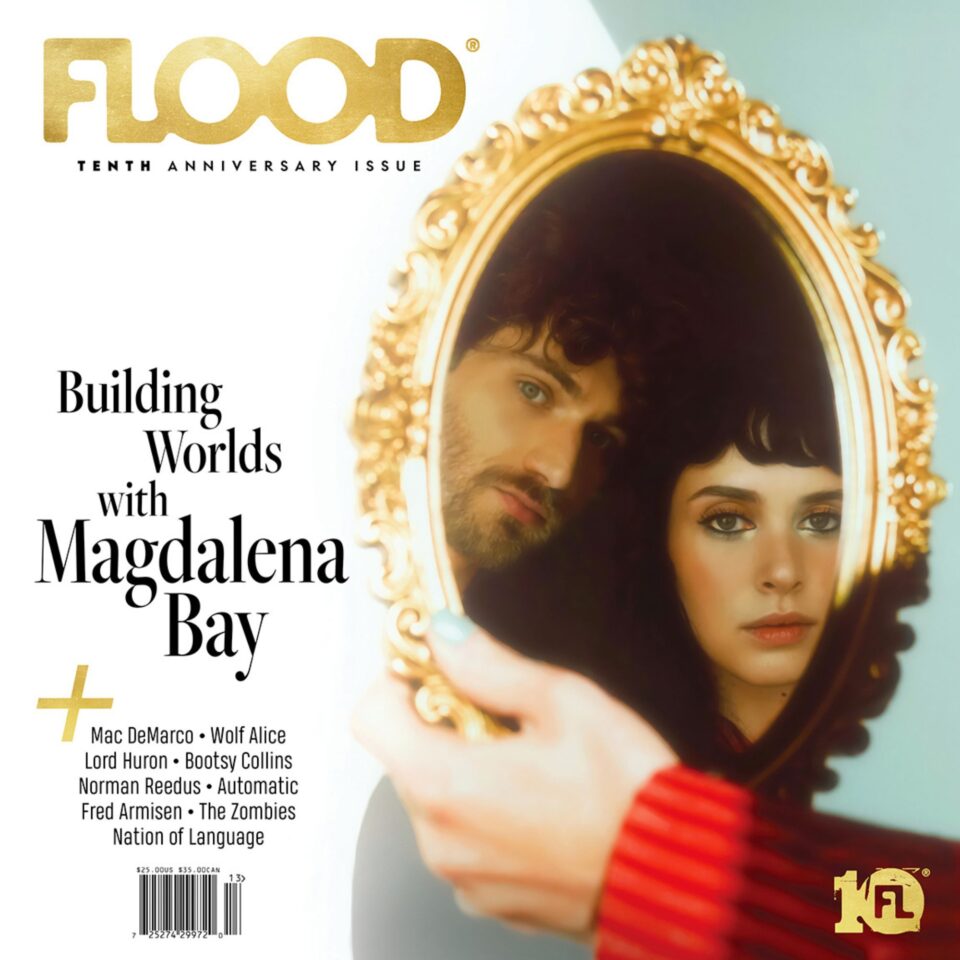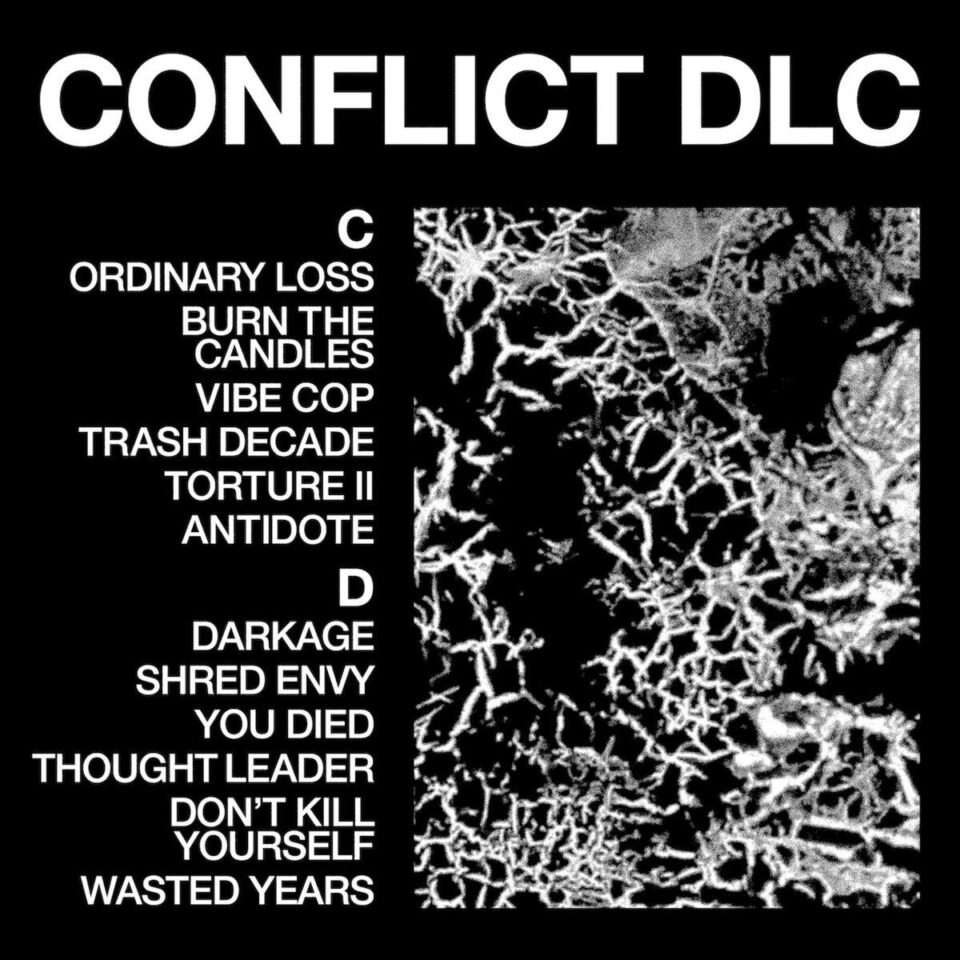Body of Light is part of a double album, but it’s also not. In a year when a uniquely high percentage of the most widely discussed releases are massive slabs of song spilling into a second disc, The Dead Tongues’ Ryan Gustafson brings a unique approach to the format with the first installment of his two-LP series arriving a full two months ahead of its counterpart. While each release can be consumed on its own, the predominant unifying theme here is Gustafson’s newfound ability to open up his recording process to incorporate a studio full of improvisatory collaborators—a concept that previously freaked the musician out, as the thought of tinkering with a finished idea felt like mutilating a sacred text.
Yet as he explains, Body of Light and its forthcoming companion LP I Am a Cloud both rely on the wordless musical conversations that essentially work to deconstruct whatever ideas a solitary mind initially brought into the studio space. “I’ve started to look at it something like this: As soon as I play anything I write with another person, the song becomes alive in them as well and it’s no longer mine, and that’s a much more freeing, fun way to do this thing for me and hopefully others,” Gustafson explains. “So this record is kinda trying to bridge those sometimes-opposing aspects of the solitary and communal characteristics of the songs, and trying to give it all room to breathe a bit and seeing what’s there afterwards.”
What’s there afterwards is a cosmically detached take on folk music that ranges from emotive, pop-structured anthems to wispy Americana. With the first installment of these songs being released tomorrow via Sylvan Esso’s Psychic Hotline label, check out an early stream below, and scan on for a brief Q&A with Gustafson in which he discusses the album’s collaborative and structural aspects.
When did the idea for a double album arise, and did it help organize your thoughts for releasing these songs?
It wasn’t until I started the mixing processes that I really realized the makings for a double album were there. I dedicated half the recording session to working on a collection of songs I had that seemed like a record, and the other half went toward recording improvisations and writing new songs/poems in the studio. So I certainly went into the whole thing with the intention of creating space to expand beyond the songs I had, but also had no idea how that would turn out. I was, however, silently going for a double album, but generally was open to the session panning out however it would.
But to really answer the question a bit more pointedly, I wrote and recorded the song “Lightning” the last day of tracking—which would wind up being track one off the [second] album I Am a Cloud, and serves as the prequel to the song “I’m a Cloud Now.” Once that happened I was pretty certain all the pieces were there for the double. That song created a clear beginning to something related but different, and with that song and all the material we tracked prior, the albums kind of just came to the surface and made sense.
Were there any particular double albums you looked to for conceptual inspiration on this project?
I think NIN’s Downward Spiral definitely planted the seed many years ago. And, as always, George Harrison’s All Things Must Pass and Joanna Newsom’s epic Have One on Me. However, though I’m sure it exists, I didn’t really have a model I knew of to follow for the way these releases have worked out. It’s kind of a hybrid and could be seen as one double record and two separate albums that are related and packaged together. On the creative side, there was certainly loads of inspiration—I was pulling from many prolific artists, like Carlos Niño, Grace Cummings, Cut Worms—but on the logistical packaging side, I kinda just followed what made sense with representing the songs and seemed interesting.
There’s a sense of solitariness to these songs that feels counteracted by the community of musicians you recorded with. How do you see these two opposing mental states playing against each other on this album?
I consider myself very lucky to have a community that I can bring my ideas and songs to and fully trust them and be vulnerable with. When I got to the studio this time around, I was so tired of my ideas and habits—I was champing at the bit to see how everyone else would react to the songs, and was totally revived to hear other folks’ hearts and vibes come through in the music.
My writing process is super solitary. I generally hole up in a shack for a few months and don’t see many folks, and just see how deep I can go. But once writing is done and I’ve flushed out some production ideas on my own, it’s easy for me to sometimes get stuck in a single dimension creatively in that kind of self-isolated process.
At this point in life I really love reimagining songs I’ve written with others. It used to freak me out sometimes, ’cause I was too hung up thinking that songs were supposed to stay the same once they were written. But I’ve started to look at it something like this: As soon as I play anything I write with another person, the song becomes alive in them as well and it’s no longer mine, and that’s a much more freeing, fun way to do this thing for me and hopefully others. So this record is kinda trying to bridge those sometimes-opposing aspects of the solitary and communal characteristics of the songs, and trying to give it all room to breathe a bit and seeing what’s there afterwards.
Was there any anxiety about recording these songs with a sense of improvisation? Was there any temptation to provide more direction to your studio band?
I really needed the improvisational side to keep me excited and interested in even doing the project. It’s always been represented in some way throughout my catalog, but not in such an intentional and forward way. I love writing songs, and that’s a thing I’ve been able to express a lot through in my life, and has been the centerpoint of what I do. But I also love the abstract, hypnotic, spontaneous, and chaotic things in life and art, and needed to give myself the room to lean into those in an unscripted way. With that, I really didn’t feel a need to give much direction to the band. I always have an idea if its needed, but I just tried to plan the session in a way that offered an environment where we could all play and react naturally to the songs, and just keep doing it ’til we felt done—and if we wanna do it all over again another day to see what happens, that’s fine too. Playing with a more conversational approach to developing the music even with the structured songs.
How do you see Body of Light setting listeners’ expectations for the release of I Am a Cloud later this year?
I feel it best to generally not expect anything [laughs]. Nonetheless, on a lyrical and spirit level the albums are deeply interwoven and kin, however I Am a Cloud is a bit of a concept record, where the whole record can be read and listened to as one developing thing front to end, whereas Body of Light is more a collection of individual songs in the traditional sense of a record. Again, related but different.







